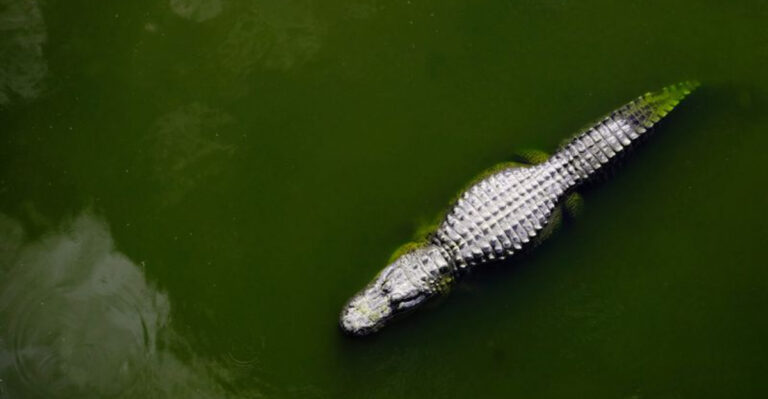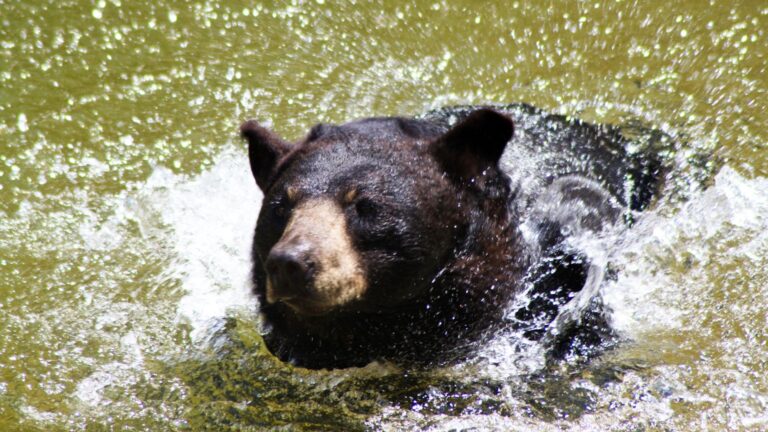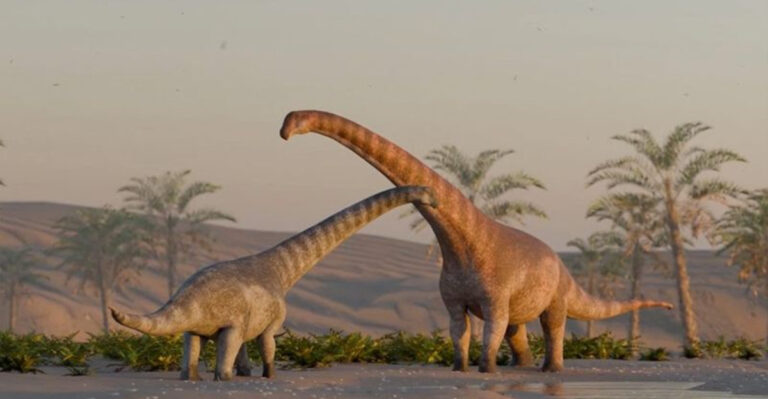13 Fascinating Animals That Live In The Deepest Oceans
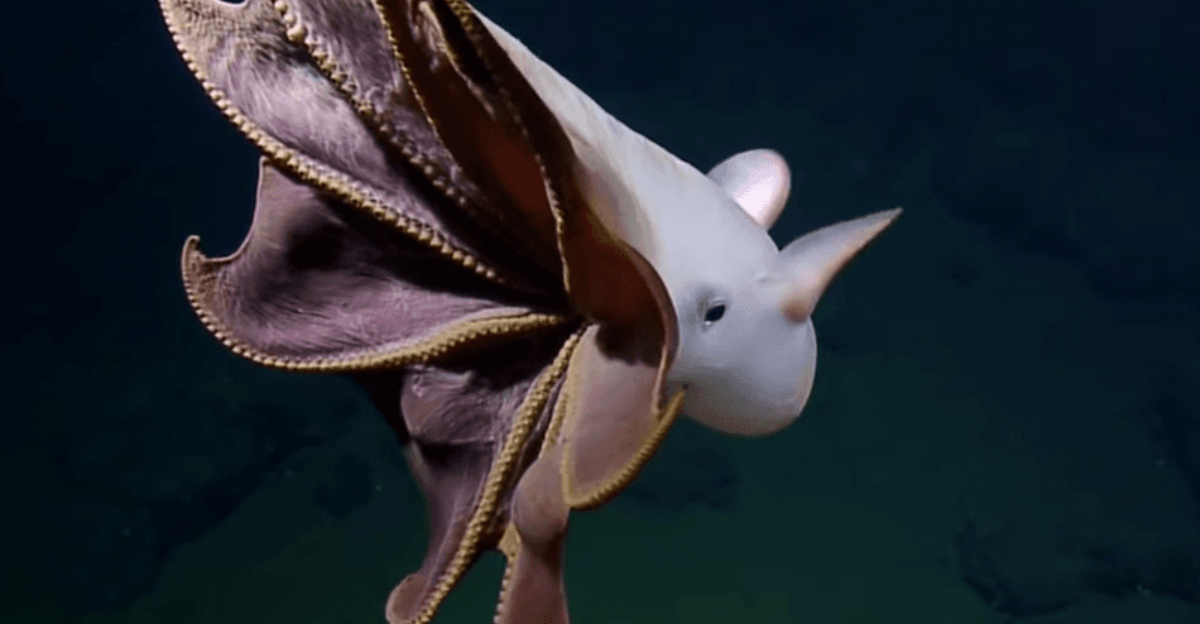
The ocean’s deepest zones harbor some of Earth’s most extraordinary creatures. These mysterious realms, where sunlight never penetrates and pressure would crush a submarine, are home to animals with jaw-dropping adaptations.
From glowing body parts to nightmare-inducing teeth, these deep-sea dwellers have evolved remarkable strategies for surviving in one of our planet’s most extreme environments.
1. Deep-Sea Anglerfish
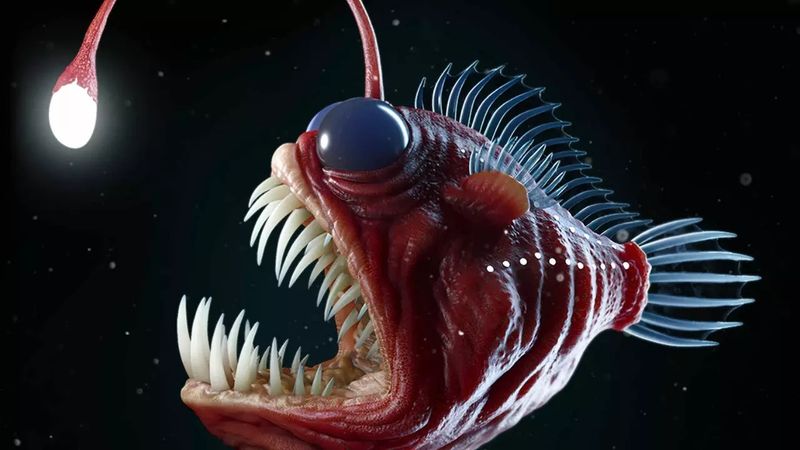
Female anglerfish dangle a bioluminescent lure from their heads like an underwater fishing rod. This natural lantern, powered by light-producing bacteria, attracts curious prey in the pitch-black abyss.
Males are tiny parasites that permanently fuse to females, losing their eyes and internal organs until they’re nothing but sperm-producing appendages. Talk about an extreme relationship!
2. Giant Squid

Legendary mariners’ tales of sea monsters likely originated from rare glimpses of these colossal cephalopods. With eyes the size of dinner plates and tentacles stretching up to 43 feet, they’re built to detect and snatch prey in the darkness.
Scientists captured the first-ever footage of a living giant squid in its natural habitat only in 2012, demonstrating how elusive these deep-sea giants truly are.
3. Colossal Jellyfish

Ghostly giants of the deep, these jellyfish trail tentacles longer than a blue whale. Their translucent bodies pulse rhythmically through frigid waters, trailing deadly stinging cells that paralyze anything unfortunate enough to touch them.
Despite their enormous size, these creatures are incredibly fragile—their bodies are 95% water, making them nearly impossible to study outside their high-pressure environment.
4. Abyssal Cusk-Eel
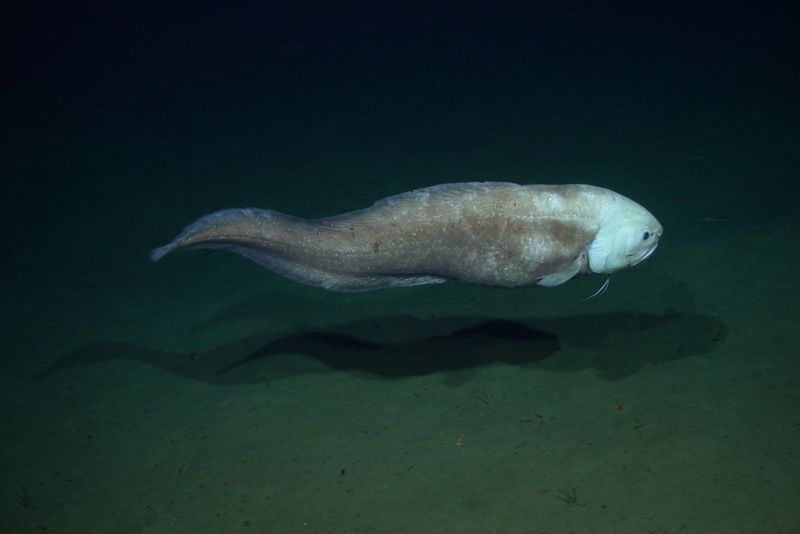
Masters of extreme living, these bizarre eel-like fish thrive where most vertebrates would instantly perish. Their specialized bodies withstand crushing pressures equivalent to 50 jumbo jets stacked on your head!
Cusk-eels produce anti-freeze proteins that prevent their blood from crystallizing in near-freezing temperatures. Their metabolism runs in ultra-slow motion, requiring minimal food in these barren depths.
5. Lanternfish

Though small in size, lanternfish dominate the ocean’s midnight zone in sheer numbers. Their bodies sparkle with light-producing photophores arranged in species-specific patterns—nature’s version of ID badges in the darkness.
Every evening, trillions of lanternfish migrate toward the surface to feed, creating the largest animal migration on Earth. This nightly journey helps transport carbon from surface waters to the deep ocean.
6. Dumbo Octopus

Named after Disney’s flying elephant, these adorable cephalopods flap ear-like fins to hover effortlessly above the seafloor. Unlike their shallow-water cousins, dumbo octopuses don’t spray ink—there’s no one to hide from in the abyss!
They’re gentle creatures, using their umbrella-like arms to trap tiny crustaceans rather than hunting with the aggression typical of other octopuses. Some species live nearly 4 miles beneath the waves.
7. Deep-Sea Spider
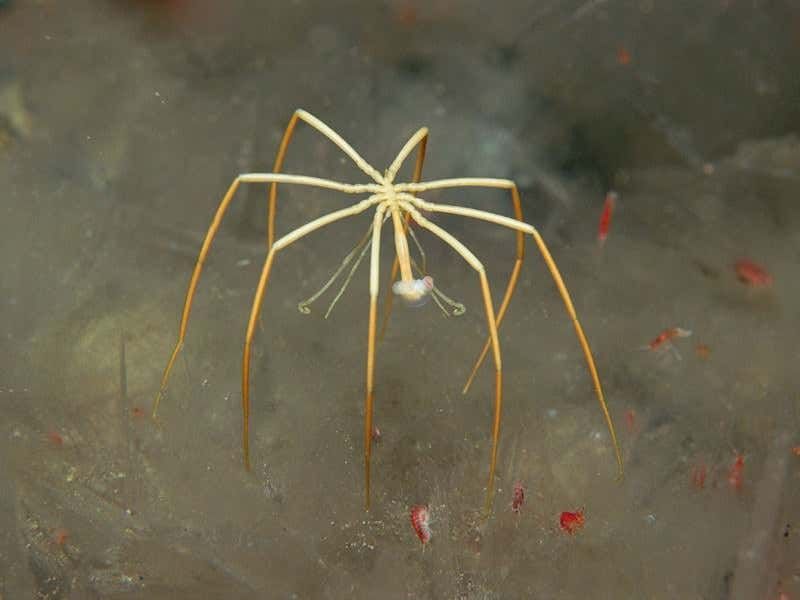
Imagine spiders with legs spanning over a foot across, scuttling through the perpetual night of the ocean floor. These aren’t true spiders but sea spiders—marine arthropods with digestive organs extending into their legs!
Their bodies are so transparent you can watch their hearts beat and food moving through their gut. They feed by inserting proboscis-like mouthparts into soft-bodied creatures and sucking out their insides like living juice boxes.
8. Snailfish
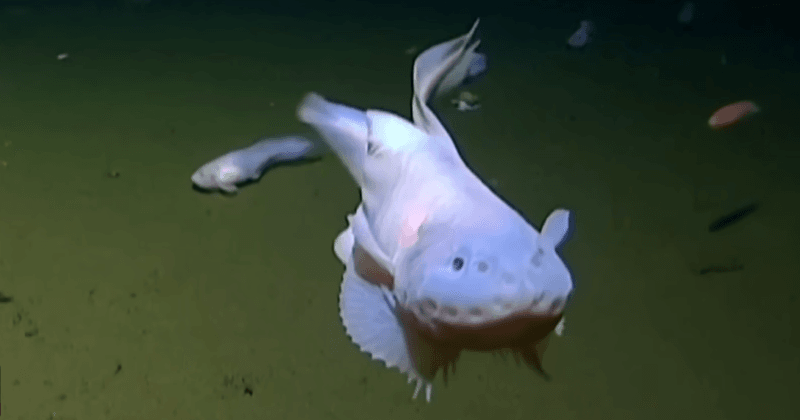
Crowned the deepest-living fish ever discovered, snailfish have been spotted swimming at a mind-boggling 27,000 feet below the surface in ocean trenches. Their bodies resemble partially melted candles—gelatinous and semi-transparent with no scales.
Special chemical compounds in their cells prevent proteins from being crushed under extreme pressure. Without this adaptation, the pressure would force their proteins to change shape, causing cellular death.
9. Viperfish

Sporting a mouthful of fangs too large to close their jaws around, viperfish are the stuff of nightmares. Their needle-like teeth can be up to one-third of their body length, impaling prey that’s lured by their glowing chin barbel.
Surprisingly, these fearsome hunters are quite small—usually under 12 inches long. Their stomachs can expand to accommodate meals larger than themselves, allowing them to survive long periods between successful hunts in the food-scarce depths.
10. Hatchetfish
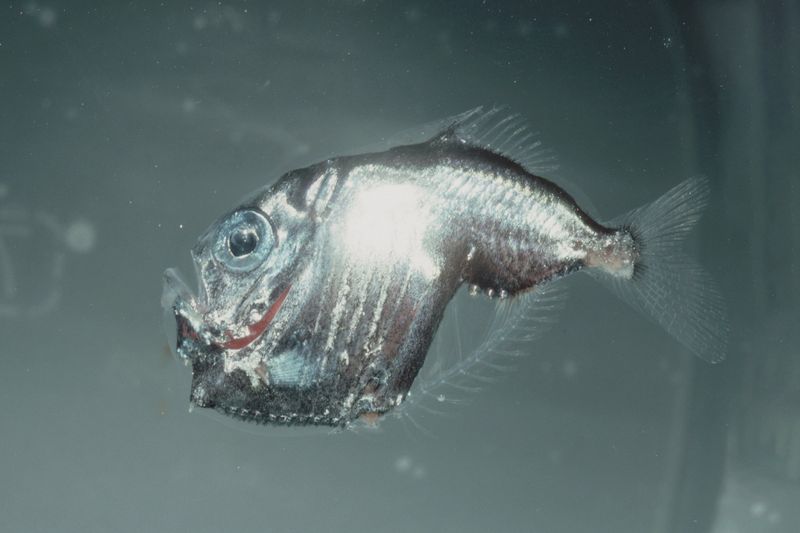
With bodies flattened like axe heads, hatchetfish are living mirrors of the deep. Their silvery sides reflect whatever minimal light exists, making them nearly invisible to predators lurking below.
Their eyes point permanently upward, scanning for prey silhouettes against the faint glow from surface waters. Rows of light-producing organs along their bellies create counter-illumination that matches downwelling light, completing their vanishing act when viewed from underneath.
11. Blind Deep-Sea Fish
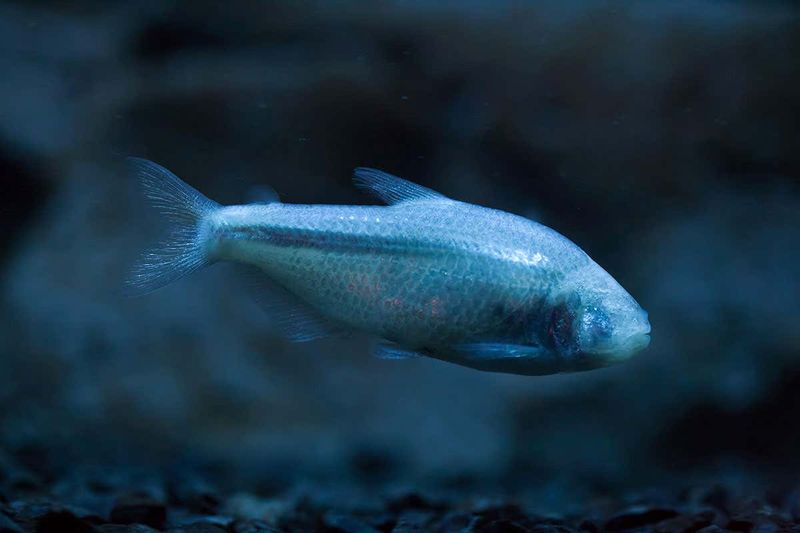
Evolution took a surprising turn with these fish—eyes became useless baggage in the eternal darkness. Many deep-sea species have either tiny, non-functional eyes or lost them entirely, redirecting that energy to developing super-powered senses instead.
Blind cavefish can detect pressure changes from movements several body lengths away. Some species have evolved extra-large nostrils that can smell food particles in concentrations as low as one drop in a billion gallons of water!
12. Deep-Sea Shrimp
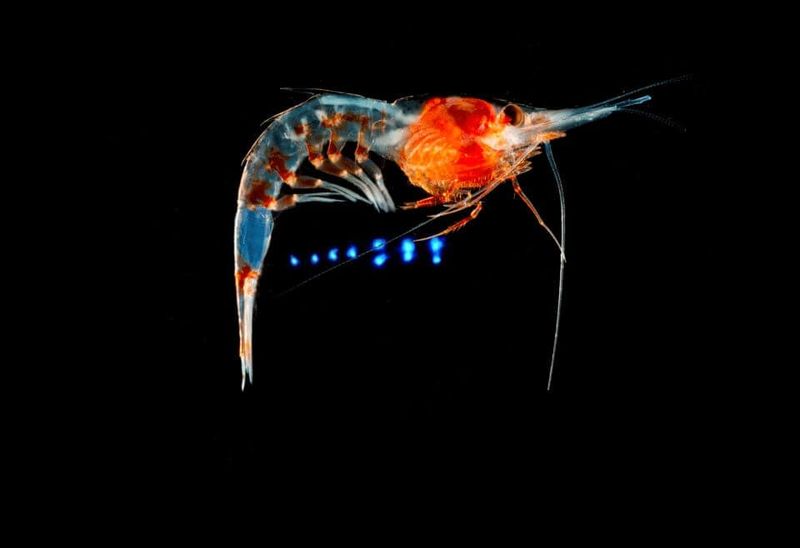
Certain deep-sea shrimp are living light shows, spraying bioluminescent clouds when startled—the underwater equivalent of a smoke bomb! This chemical light display confuses predators while the shrimp makes its escape.
Others have evolved to see in near-infrared light, a superpower that lets them spot the heat signatures of hydrothermal vents where they feed. Their bodies contain special proteins that protect them from the toxic chemicals spewing from these underwater hot springs.
13. Deep-Sea Coral
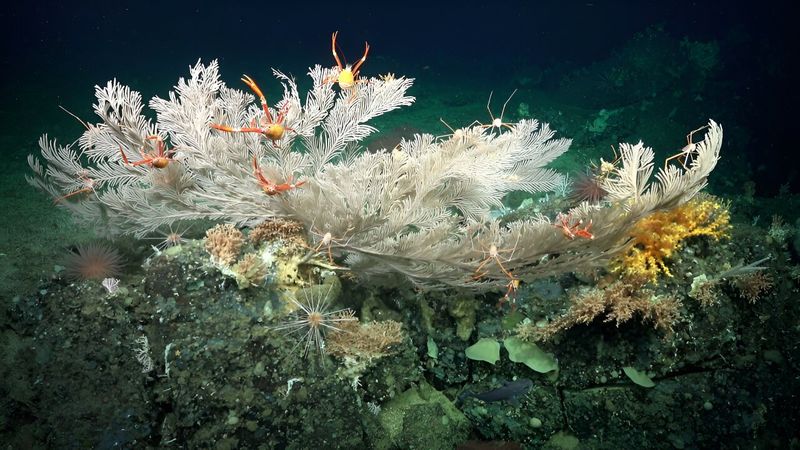
Forget tropical reefs—these ancient coral forests thrive in permanent darkness, growing at glacial rates of mere millimeters per year. Some deep-sea coral colonies are over 4,000 years old, making them among the oldest living animals on Earth.
Unlike their shallow-water relatives, deep-sea corals don’t need photosynthesis. They’re carnivorous, extending sticky tentacles to capture microscopic food particles drifting in ocean currents. Their intricate structures create habitats for countless deep-sea creatures.

